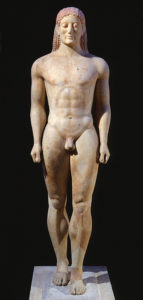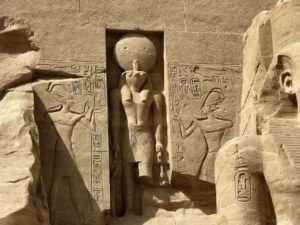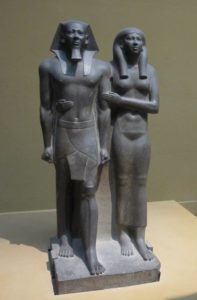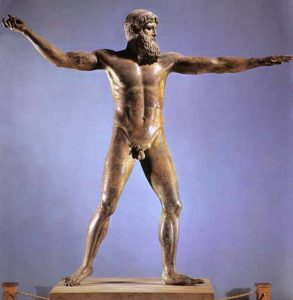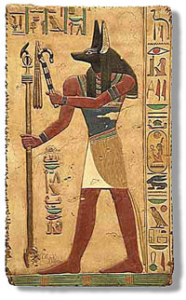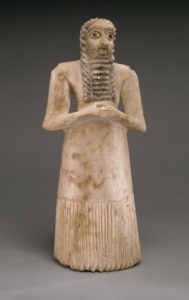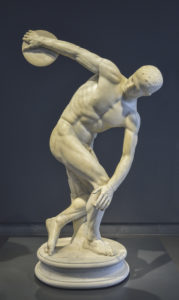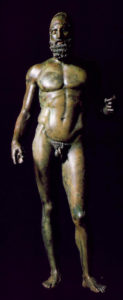Humanism emphasizes an importance to human culture, our values, problems and needs rather than supernatural entities. This was a philosophical breakthrough, because humans were the now center of attention, rather than God and Goddesses. These supernatural beings were actually brought down to human actions, emotions and ideals, which is seen through the variety of Greek artwork. Gods were able to have human like attributes. Additionally, Humanism focuses around the idea of thinking critically in terms of empiricism, the idea that human knowledge and thought derive from sensory experience. The environment and interactions with sensory stimuli dictates what you think.
The Kouros figure was made to emulate a human. It stands on its own two feet, a human attainable action. Even the other sculptures resembling body-builder highly muscular body types, resemble humanistic qualities. The sculpture may have emulated this male physique because of their participation in the military, and their love of sports as well. The artist chose to show that they are physically fit, and “God like”, yet have human values and passions. Additionally, nudity was a major factor in Greek humanism. They embraced nudity, which was a sign of Greek culture, showing that they are all equal, and allowing the focus to be on the individual rather than their status in society, unlike in Egyptian art. In Egyptian art, the figures were boxed in creating a sense of separation and distance between humans and gods. Additionally, they were clothed indicating their hierarchy, as nude figures were looked down upon in society.

